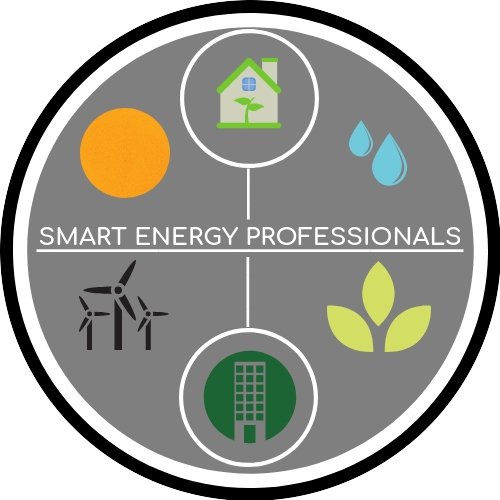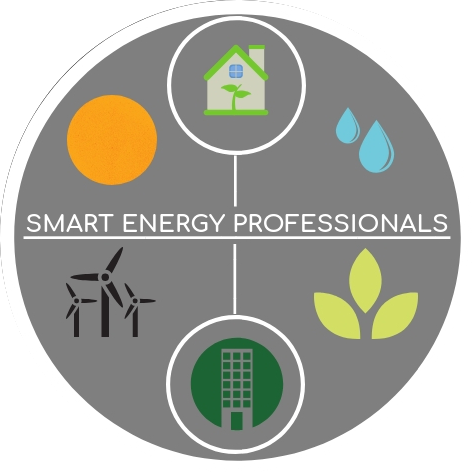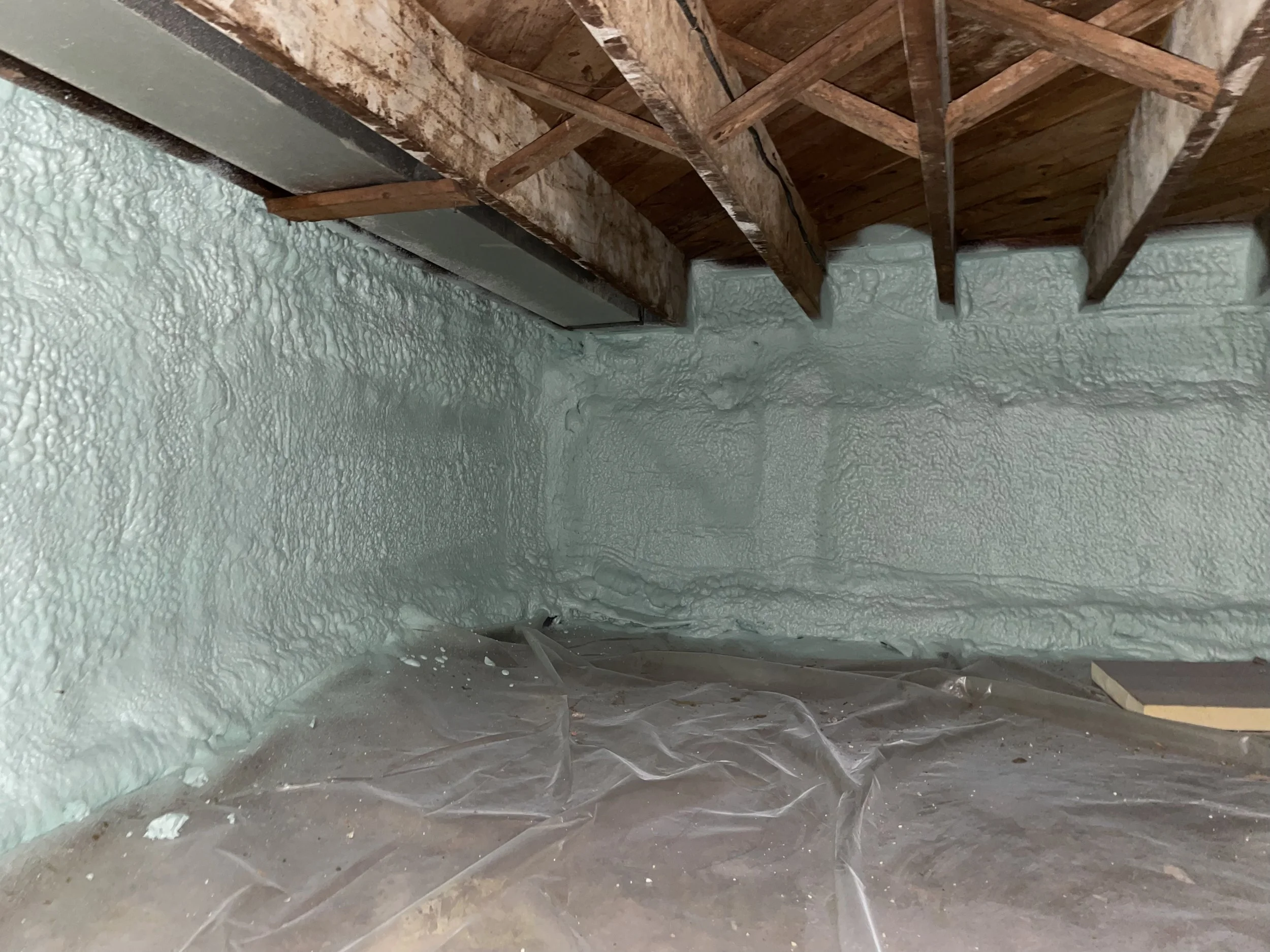Crawlspaces
What’s a Crawlspace?
In Maryland a crawlspace can be a huge area for concern, a crawlspace is a shallow enclosed area beneath a building, usually a house, that can be accessed by crawling or crouching. It provides access to utilities and mechanical systems, such as plumbing and electrical wiring. Crawlspaces have a dirt or gravel floor and limited headroom. They serve as a pathway for utilities and allow for maintenance and repairs. Crawlspaces may have insulation, vapor barriers, and ventilation to enhance energy efficiency and prevent moisture issues. Regular inspection and maintenance are necessary for proper functioning.
What are some Common Crawlspace issues and concerns in maryland?
Common crawlspace issues include:
Moisture and Water Intrusion: Crawlspace areas are prone to moisture problems, such as water seepage, high humidity levels, or condensation. This can lead to mold growth, wood rot, and structural damage. Moisture issues may arise from improper drainage, plumbing leaks, inadequate ventilation, or foundation issues.
Pest Infestation: Crawlspace areas provide shelter and favorable conditions for pests like rodents, termites, ants, and insects. These pests can cause damage to insulation, electrical wiring, and wooden structural components, compromising the integrity of the building.
Poor Insulation: Inadequate or deteriorated insulation in the crawlspace can result in energy loss and reduced energy efficiency. Insufficient insulation allows heat to escape in colder climates and enter in warmer climates, leading to higher energy bills and discomfort.
Inadequate Ventilation: Improper or insufficient crawlspace ventilation can contribute to moisture buildup and poor air quality. Insufficient airflow can lead to stagnant air, mold growth, and increased humidity levels.
Structural Issues: Crawlspace areas may be susceptible to structural problems, such as sagging or damaged floor joists, rotting beams, or foundation settling. These issues can compromise the stability and safety of the building.
Inadequate Vapor Barrier: A vapor barrier is a protective layer installed on the crawlspace floor to prevent moisture from the ground from permeating upward. A damaged or improperly installed vapor barrier can allow moisture to enter, leading to mold growth and increased humidity levels.
Insufficient Access and Maintenance: Limited access to the crawlspace can hinder regular inspections and maintenance. Neglecting crawlspace upkeep can exacerbate existing issues and prevent timely detection of problems.
It is important to address these crawlspace issues promptly to prevent further damage, improve indoor air quality, enhance energy efficiency, and maintain the overall integrity of the building. Professional assessment and remediation may be necessary depending on the severity of the problems.
Crawl spaces are messy! Let the experts at Smart Energy Pros take care of it.
Here are solutions for common crawlspace issues:
Moisture and Water Intrusion:
Improve drainage around the foundation to redirect water away from the crawlspace.
Repair any plumbing leaks promptly.
Install or improve crawlspace ventilation to reduce humidity levels.
Seal any cracks or gaps in the foundation walls to prevent water seepage.
Consider installing a sump pump or dehumidifier to manage excess moisture.
Pest Infestation:
Seal all gaps and cracks in the crawlspace walls and foundation to prevent pests from entering.
Use pest-resistant insulation materials.
Clear vegetation and debris near the foundation to reduce pest habitats.
Consult with a professional pest control service to address existing infestations.
Poor Insulation:
Insulate the crawlspace walls and floor with appropriate insulation materials.
Consider encapsulating the crawlspace with a vapor barrier and insulated panels to enhance energy efficiency.
Ensure proper sealing of insulation joints to prevent air leakage.
Inadequate Ventilation:
Install vents or fans to improve airflow in the crawlspace.
Consider installing a ventilation system that integrates with the HVAC system for better control.
Regularly clean and maintain existing vents to ensure proper functioning.
Structural Issues:
Consult with a structural engineer to assess and address any sagging or damaged floor joists, beams, or foundation settling.
Reinforce or replace compromised structural elements as recommended.
Inadequate Vapor Barrier:
Install a high-quality vapor barrier on the crawlspace floor, ensuring proper coverage and sealing at joints.
Repair or replace damaged or ineffective vapor barriers promptly.
Insufficient Access and Maintenance:
Ensure there is proper access to the crawlspace for inspections and maintenance.
Regularly inspect the crawlspace for signs of issues and address them promptly.
Clean the crawlspace regularly, removing debris and maintaining a clean environment.
Remember, for complex issues or significant problems, it is advisable to consult with professionals specializing in crawlspace assessment, repair, and maintenance.
Take action to address crawlspace issues today and safeguard your home's health, safety, and efficiency. Don't let moisture, pests, insulation problems, or structural issues undermine the integrity of your building. Act now to ensure a clean, dry, and well-maintained crawlspace. Schedule a professional inspection, address any identified problems promptly, and implement necessary repairs or upgrades. Invest in proper moisture control, insulation, ventilation, and pest prevention measures. By proactively addressing crawlspace issues, you'll protect your investment, improve indoor air quality, enhance energy efficiency, and ensure a healthier, more comfortable living environment for you and your family. Don't delay – secure your crawlspace's well-being today, give us a phone call or schedule an energy audit or general assessment for free today!



